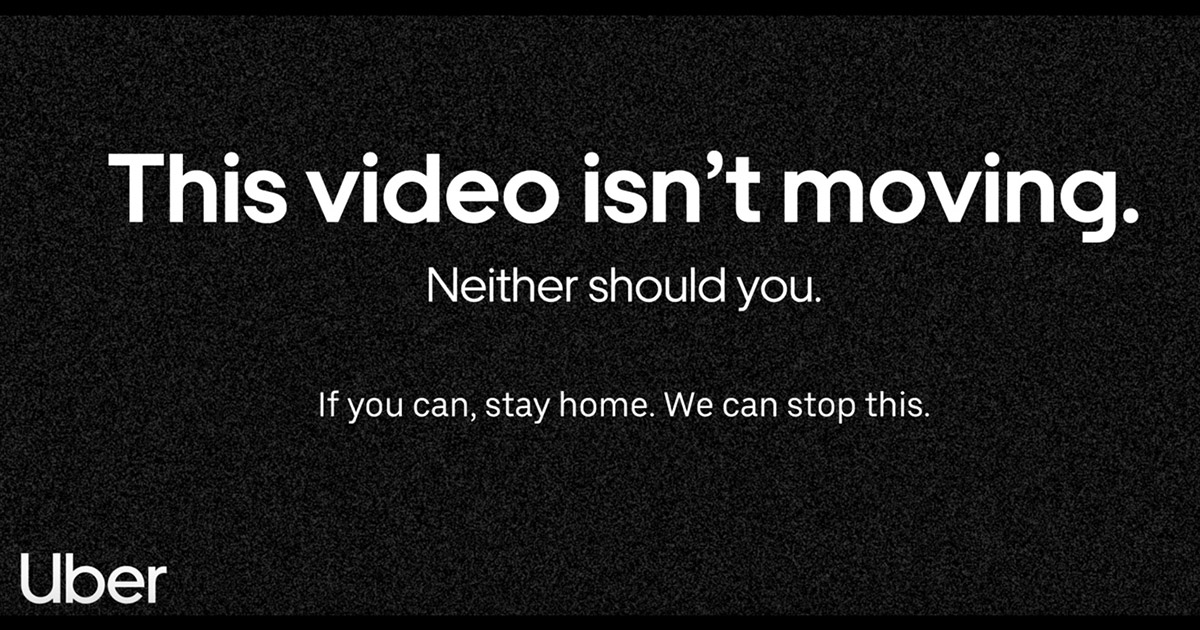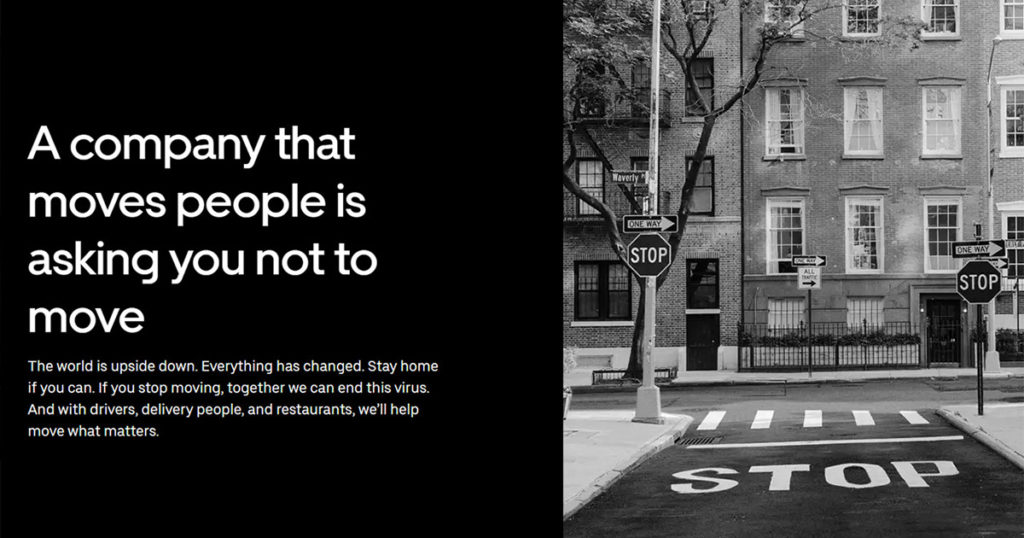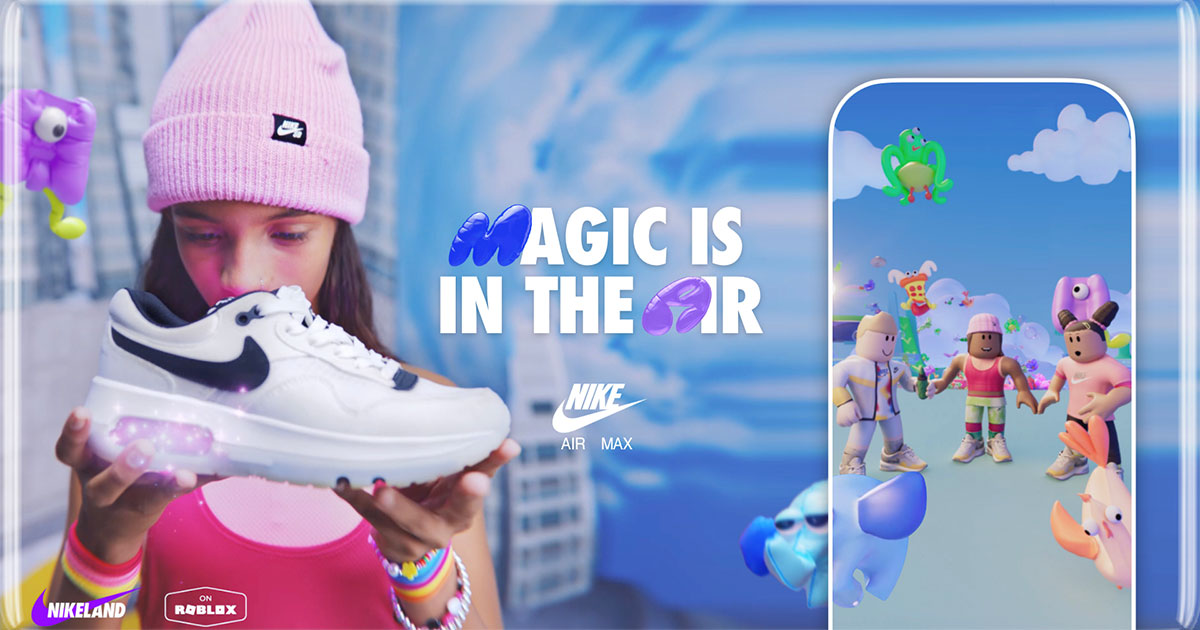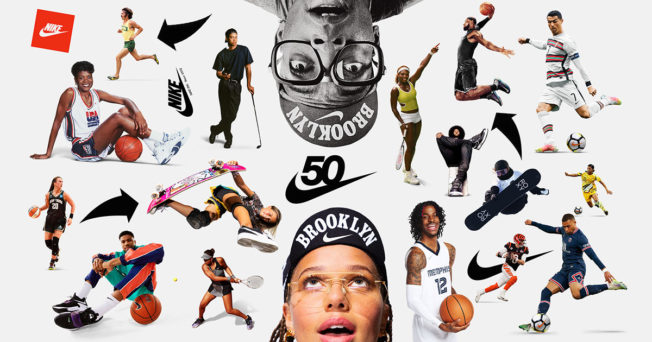Paid advertising is a fundamental tool for businesses of all sizes. It can build brand awareness, generate leads, and increase sales. Paid ads can be a great way to reach new customers, but creating effective ads takes a lot of work. Therefore, you need the right strategies and examples to guide you in creating successful paid ads.
This article will provide you with proven examples to help you craft effective paid ads to reach your target audience and help you to achieve your desired goals. Take the time to understand the fundamentals of paid advertising, so you can create campaigns that will drive leads and conversions.
Benefits of paid advertising
Paid advertising is an essential component of any digital marketing strategy. It offers a range of benefits, including:
- Increased visibility: Paid ads increase your brand’s visibility and reach by targeting the right people at the right time.
- Increased traffic: Paid ads can drive more traffic to your website and increase the chances of conversions.
- Improved brand recognition: Paid ads can help build brand recognition and trust, leading to more customers and sales.
- Increased ROI: Paid ads can generate a higher return on investment as they target customers likely to be interested in your product or service.
Leverage the power of paid advertising; it can significantly boost your business’s performance.
Different types of paid ads
There are several types of paid ads, each of which has its own advantages and disadvantages. The most common types of paid ads include:
- Search ads
Search ads are text-based ads that appear at the top of search engine results pages. They are a great way to reach people actively searching for your product or service.
- Display ads
Display ads are visual ads that appear on websites and other digital platforms. They are a great way to reach a wide range of people and build brand awareness.
- Social media ads
Social media ads appear on platforms like Facebook, Instagram, and Twitter. They are a great way to reach a targeted audience and drive conversions.
- Video ads
Video ads are visual ads on video-sharing platforms like YouTube and Vimeo. They are a great way to reach a large number of people and engage with them in an entertaining way.
Using a suitable type of paid ad can maximize your reach and increase your chances of success.
Paid ad targeting
Paid ad targeting is the process of selecting the right audience for your ads. Targeting the right people is essential to maximize your reach and ensure your ads are successful. There are several targeting options available, including:
1) Demographic targeting
Demographic targeting allows you to target people based on age, gender, location, and other characteristics.
2) Interest targeting
Interest targeting allows you to target people based on their interests, hobbies, and other activities.
3) Contextual targeting
Contextual targeting allows you to target people based on their viewing content.
4) Retargeting
Retargeting allows you to target people who have already interacted with your website or ads.
Use the right targeting strategies to ensure that your ads reach the right people and achieve the desired results.
Tips for creating effective paid ads
Creating effective paid ads requires a lot of planning and experimentation. Here are some tips to help you make successful paid ads:
Tip #1 – Set clear goals
Before you start creating ads, it’s essential to set clear goals. This will help you to define what success looks like and measure the performance of your ads.
Tip #2 – Focus on the headline
The headline of your ad is one of the most critical elements. It should be clear and concise and capture your target audience’s attention.
Tip #3 – Include a call-to-action
A call-to-action (CTA) is essential for driving conversions. Make sure to include a clear CTA, so people know what to do next.
Tip #4 – Use visuals
Visuals are a vital element of any ad. Make sure to include visuals that are relevant and eye-catching.
Tip #5 – Test and optimize
It’s essential to test and optimize your ads regularly. This will help you identify areas for improvement and ensure your ads are performing as well as possible.
With these tips, you can create effective paid ads to help you achieve your desired goals.
Examples of successful paid ads
Many successful paid ads can provide you with inspiration. Here are some examples of successful paid ads:
Google’s search adsp are some of the most successful paid ads. They are targeted, relevant, and clearly communicate the benefits of the product or service.


Uber
Uber’s display ads are some of the most successful paid ads. They use visuals to communicate the benefits of the service and include a clear CTA.
Airbnb
Airbnb’s social media ads are some of the most successful paid ads. They use visuals and catchy copy to communicate the benefits of the service and drive conversions.


Nike
Nike’s video ads are some of the most successful paid ads. They use visuals and sound to engage with the audience and create an emotional connection.
Looking at successful paid ads, you can better understand what works and what doesn’t.
Measuring the success of your paid ads
Measuring your paid ads’ success helps determine whether they are working. The key metrics to measure include:
- Clicks: Clicks are a measure of how many people are clicking on your ads.
- Impressions: Impressions are a measure of how many people are seeing your ads.
- Conversions: Conversions measure how many people are taking the desired action, such as signing up for a newsletter or purchasing.
- Cost-per-click: Cost-per-click is a measure of how much you are paying for each click on your ad.
In measuring these metrics, you can determine whether your ads are working and make changes accordingly.
Best practices for paid ad optimization
To maximize the performance of your paid ads, it’s important to optimize them regularly. Here are some best practices for optimizing your paid ads:
1) Test different ad formats: It’s important to test different ad formats to see which ones perform best.
2) Experiment with targeting: Experiment with different targeting options to reach the right audience.
3) Use A/B testing: A/B testing is a great way to compare different versions of your ads and determine which ones are performing the best.
4) Monitor performance: Regularly monitor the performance of your ads to identify areas for improvement.
Follow these best practices. They can help optimize your ads and ensure they perform as well as possible.
Common Challenges with Paid Ads
Paid advertising can be challenging, especially for small businesses. Here are some common challenges to be aware of:
Challenge #1 – Budget
Paid ads can be expensive, so managing your budget is essential.
Challenge #2 – Competition
The competitive landscape can make it difficult to stand out from the crowd.
Challenge #3 – Ad fatigue
Ad fatigue is when people become tired of seeing the same ad repeatedly.
Challenge #4 – Fraud
Fraudulent clicks and impressions can increase your costs and reduce the effectiveness of your ads.
Awareness of these challenges compels you to mitigate them and ensure your ads succeed.
Conclusion
Paid advertising can be a great way to reach new customers and drive conversions. However, creating effective paid ads takes a lot of work. Therefore, you need the right strategies and examples to guide you in creating successful paid ads.
This article has provided you with proven examples to help you craft effective paid ads to reach your target audience and help you to achieve your desired goals. Most importantly, understand the fundamentals of paid advertising to better create campaigns that will drive leads and conversions.
Optimind offers Google Ads Management and social ads services. Optimind is also a Google-certified partner, so we can help manage your PPC campaign to maximize ROI and grow your business. Call us today!



